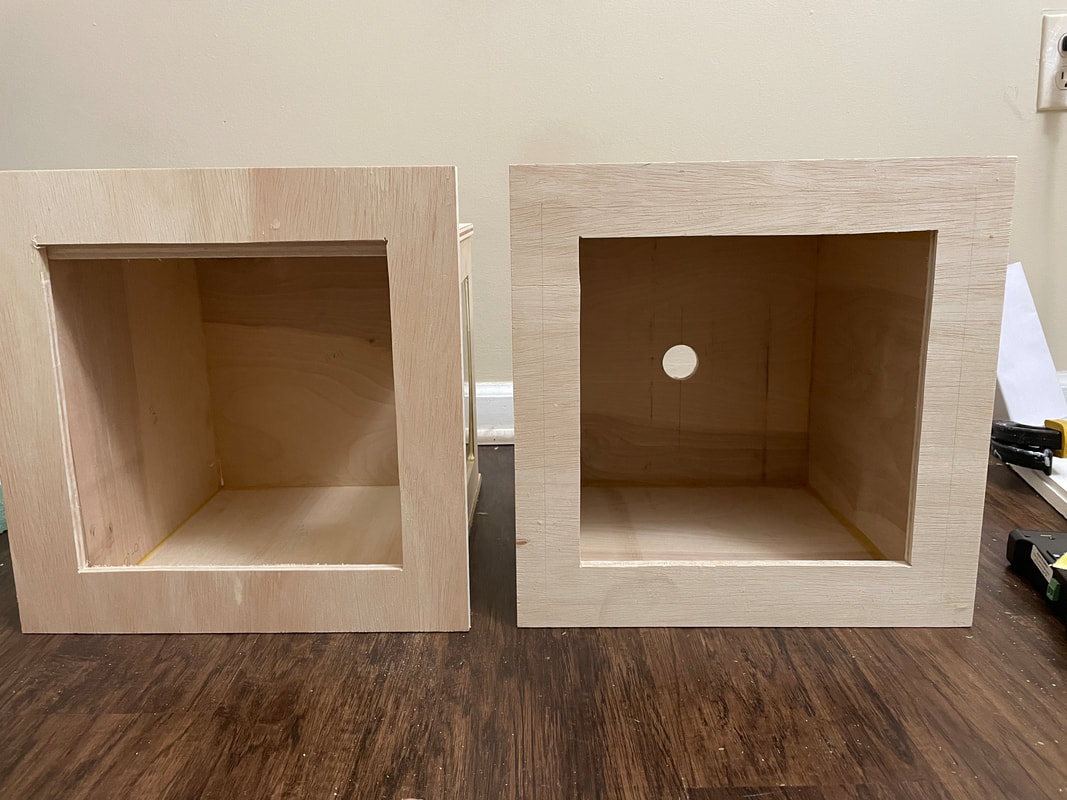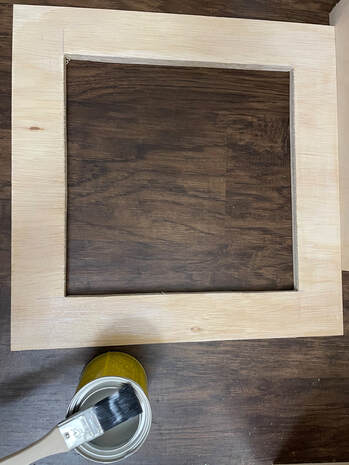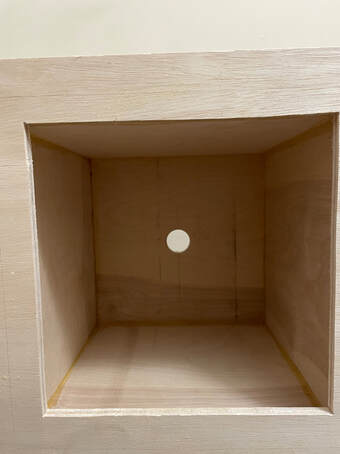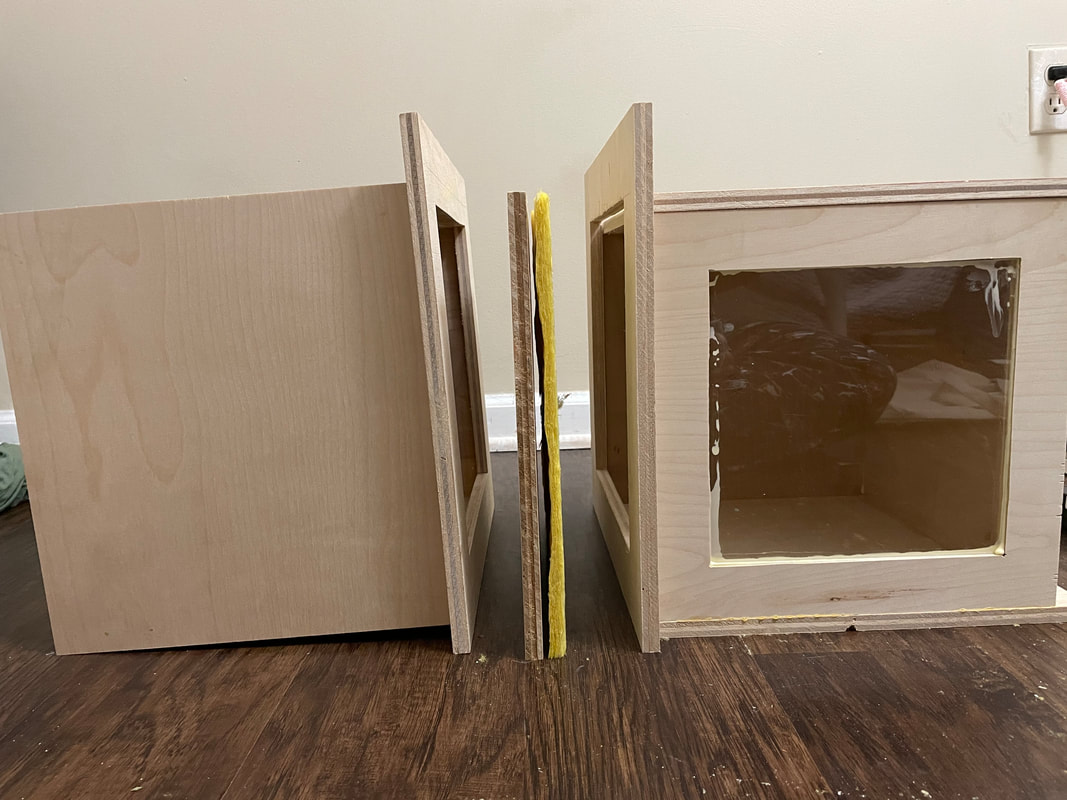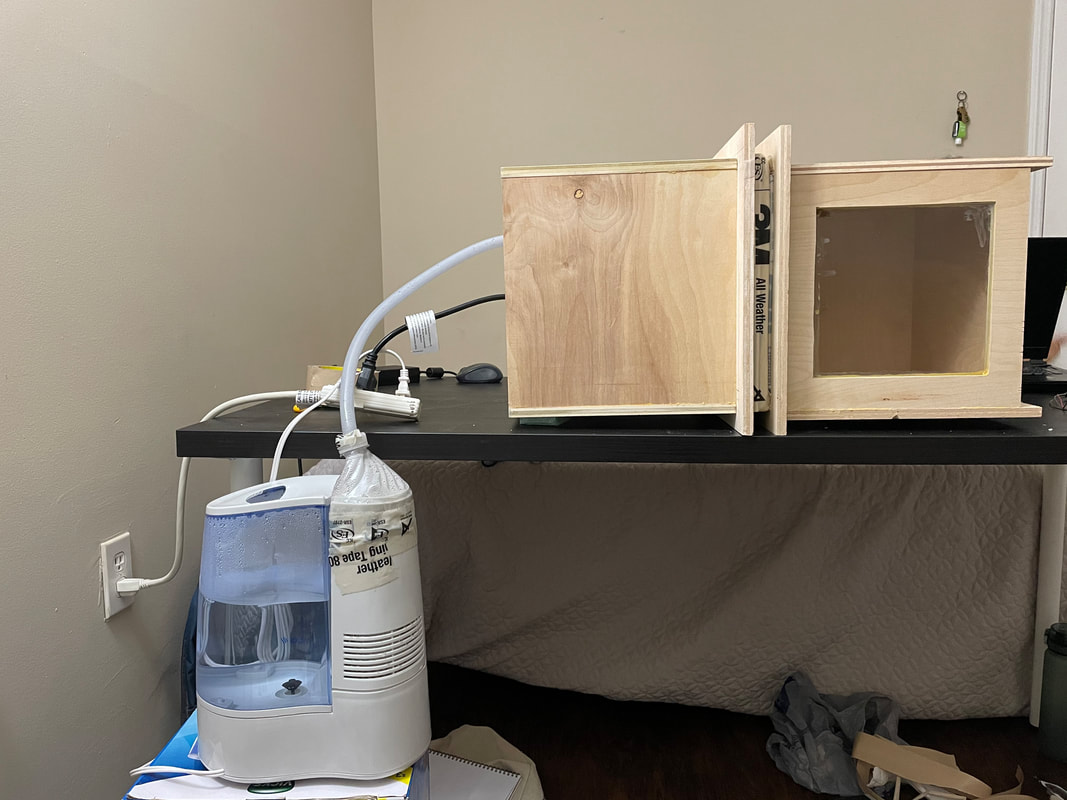-
Projects
- Environment Box
- Passive Refrigeration
- Water Cooling
- Fog Catching
- Roof Geometries
- Optimal Insulation
- Cooler Windcatcher
- Green Machine
- Mitigating Humidity
- Convective Air Flow
- Styrene Reuse
- Thermal Reflection
- ETFE Rigidification
- Phase Change Materials
- Polar Reflection
- Cavity Depth Variation
- Vapor Permeability
- Algae Facade
- Moisture Buffering
- Engineered Geometries
- Recycled Desiccant Materials
- Living Wall
- Solar Shading Facades
- SHADESin.reACTION
- Low-Fab Dehumidification
- Breathing Wall
- Urban Heat Island
- Acoustical Design
- Latent Heat of PCM's
- Insulative Qualities of Air
- About
- Lectures
- Assignments
- Workshops
- Syllabus
- Resources
Methodology
TESTING:
1.After assembling the boxed of outside and inside, the outside box has to be supplied with the heat source and the humidity inlet.
2.The humidifier and the heat bulb are connected to the relay which is been set to start for the preconditioning and set to switch off after the inside temperature of the outside box reaches the temperature of 50 degrees centigrade.
3.Initially the process is set to progress till the chambers reach the room temperature and then the layers of testing are added to start the experiment.
4.the layers are packed in between the two chambers without any air gape for the moisture to escape.
5.The setup runs along until the initial Dht 11 sensors reaches its maximum ability to test that is 50 degrees centigrade.
6.the other side of box is an empty box with a dht11 sensor in it to capture and read the humidity and the temperature of the inside of the inside box.
